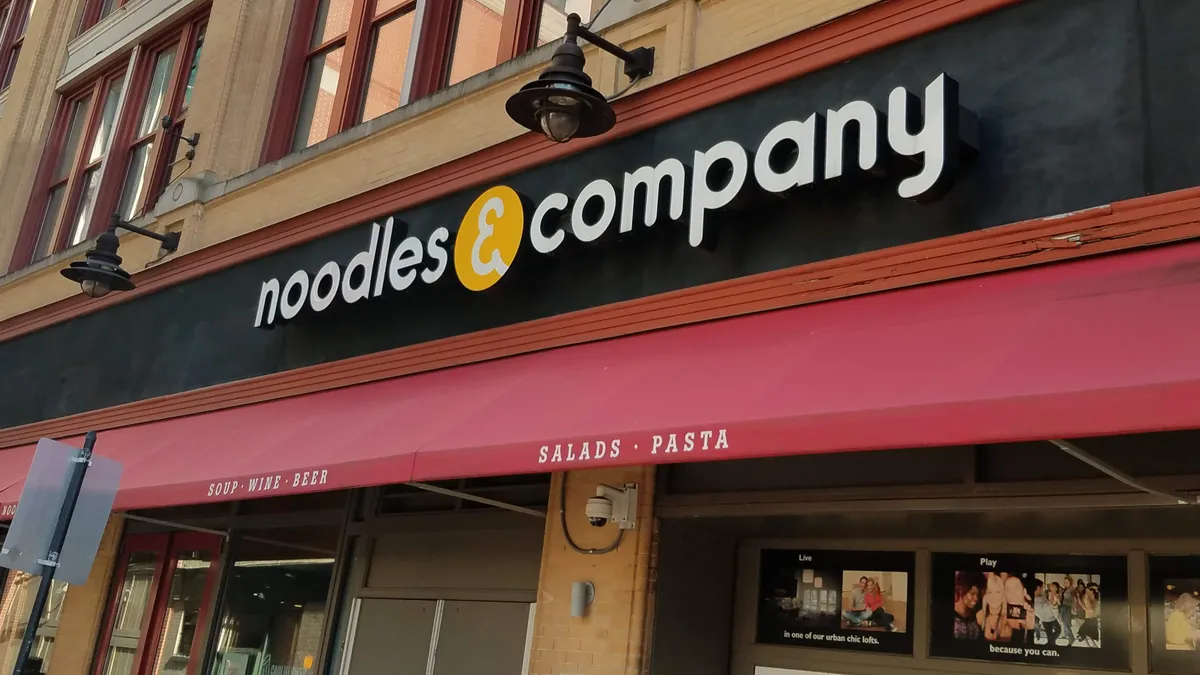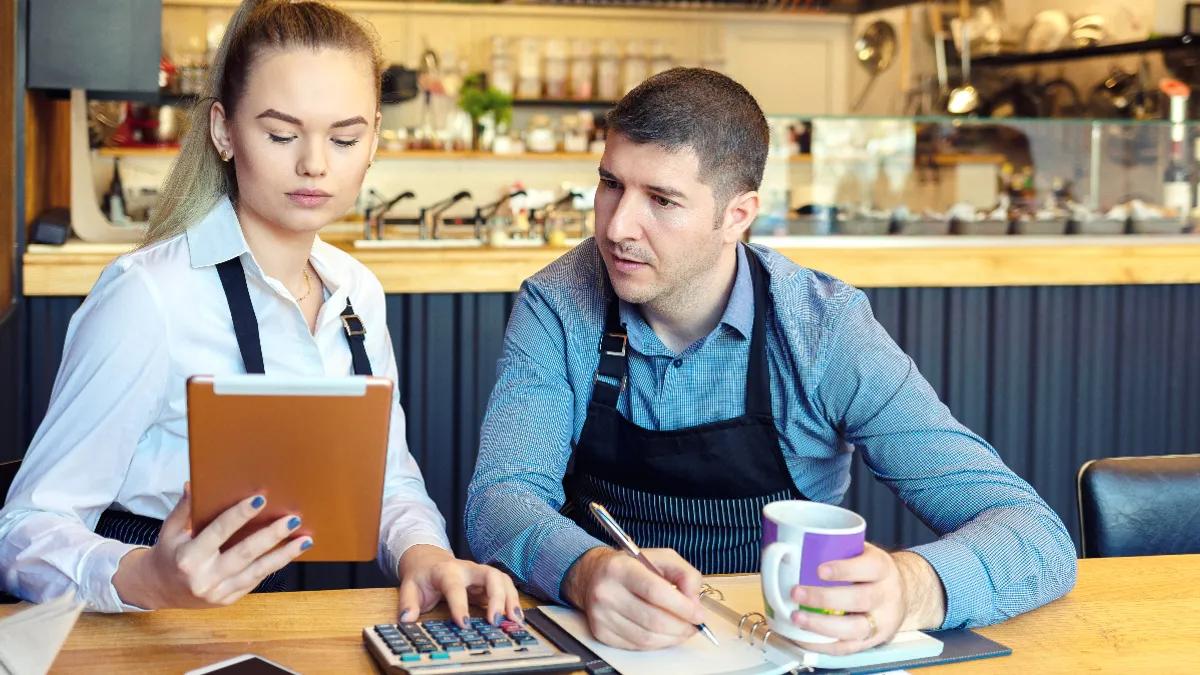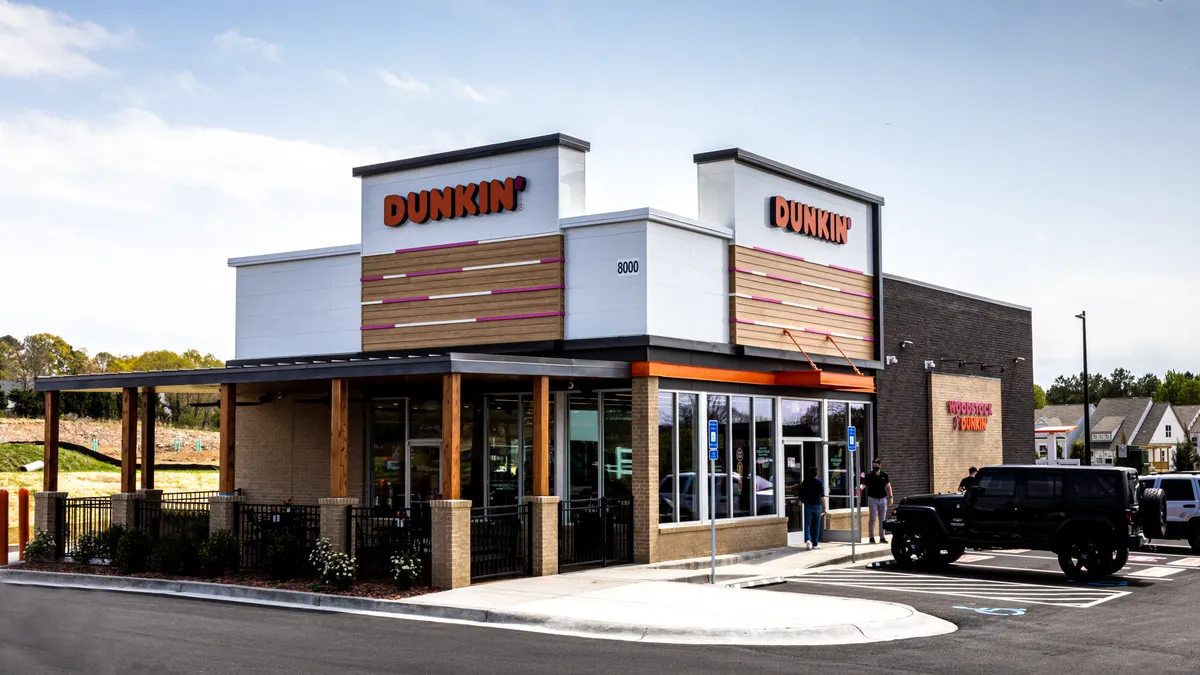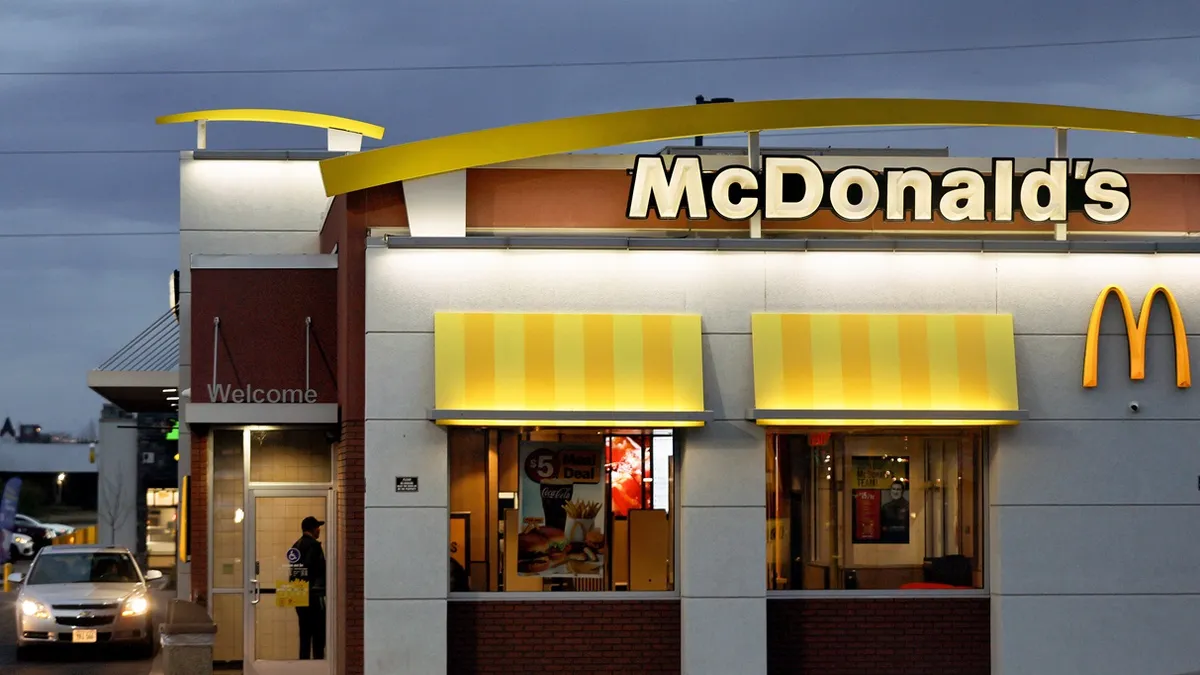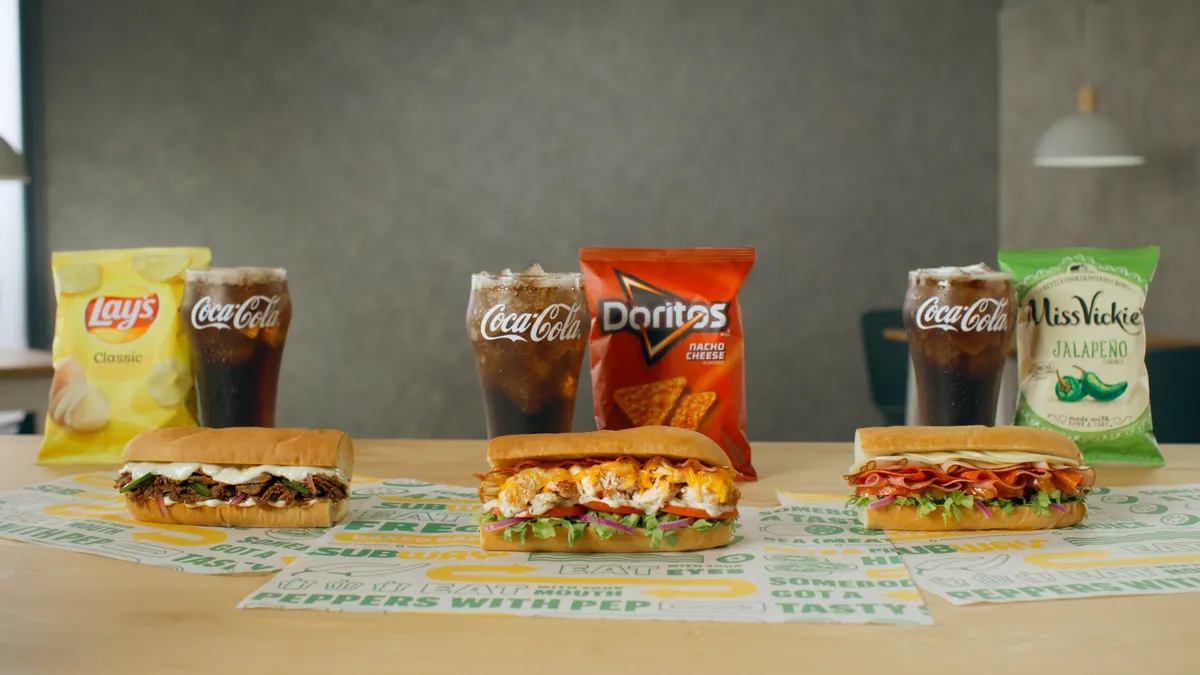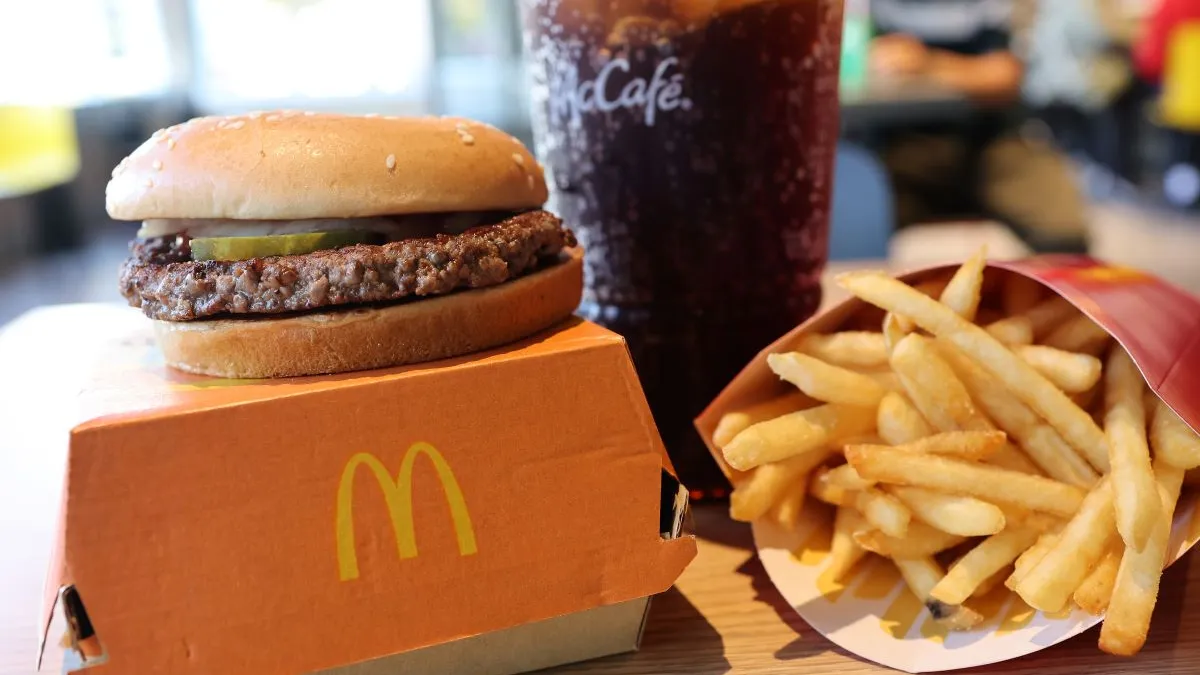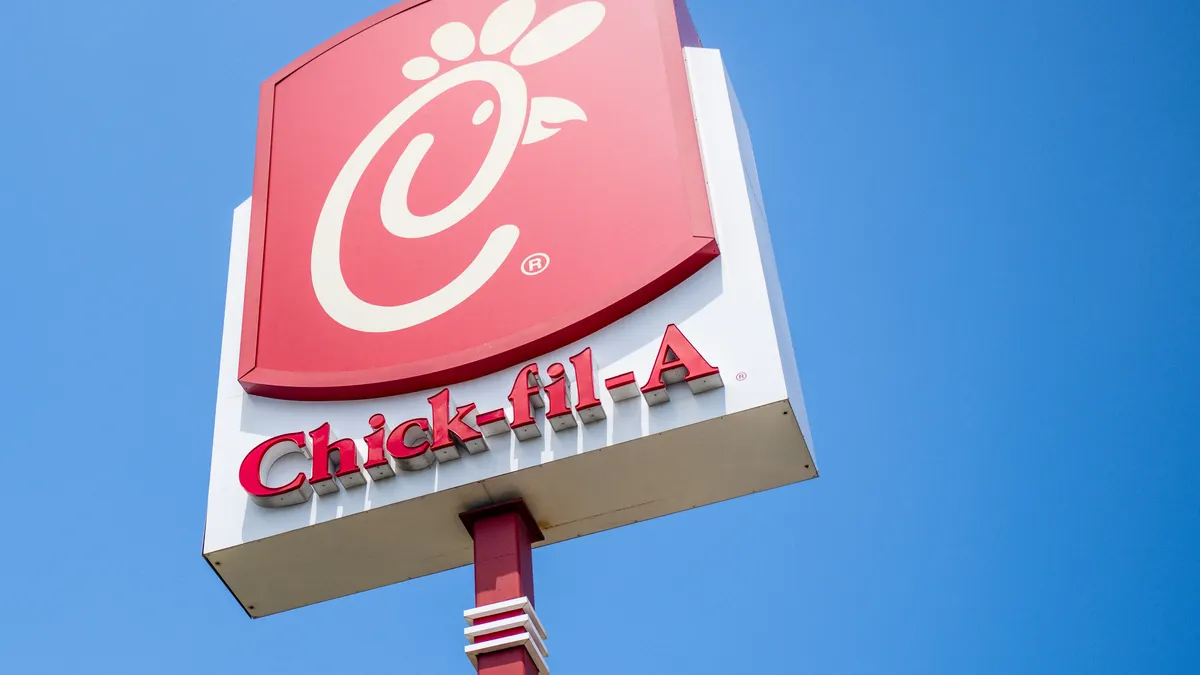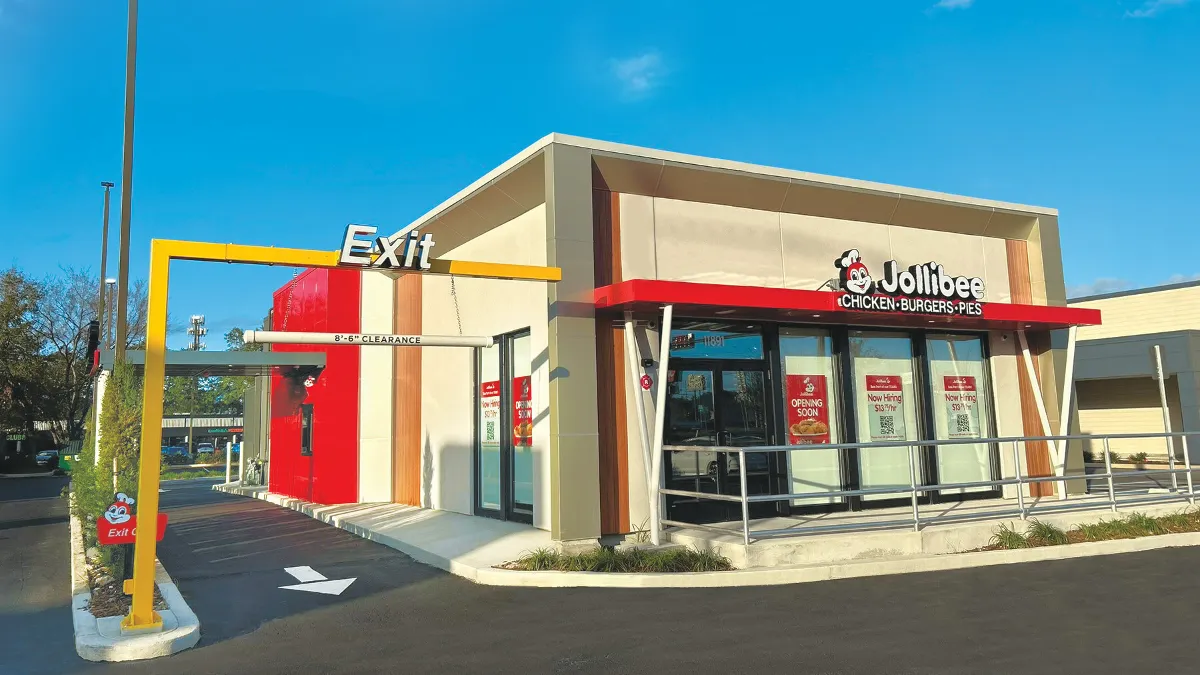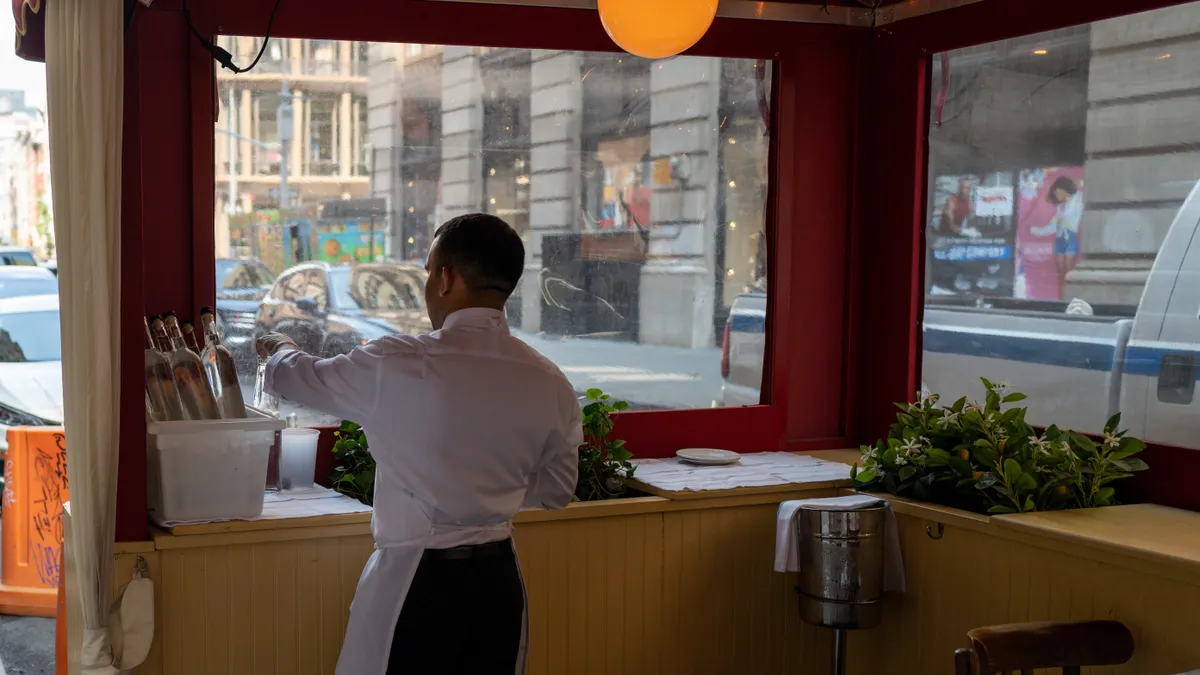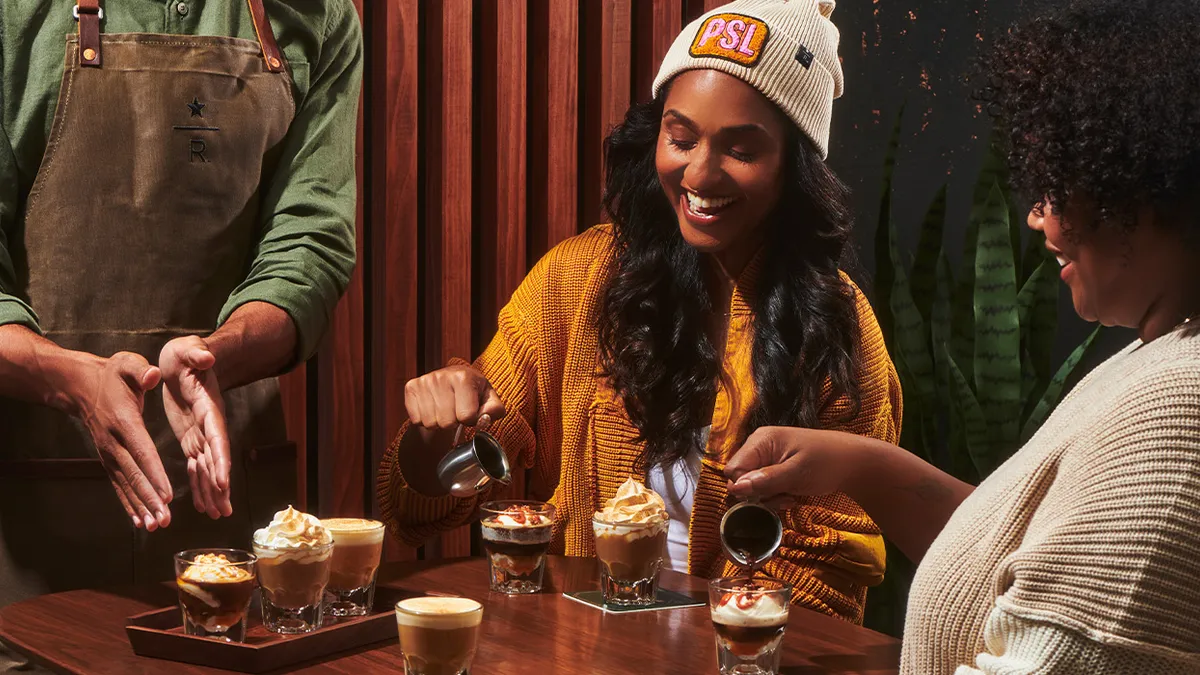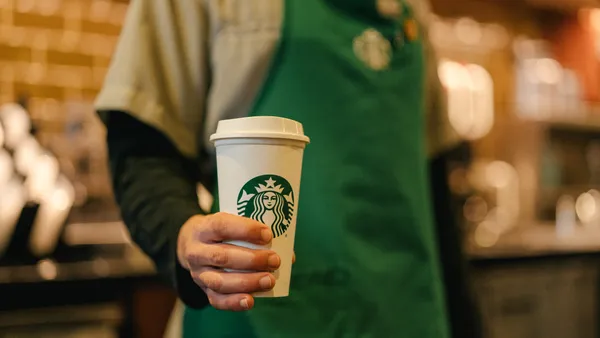When Carl Lukach, CFO of Noodles & Company, joined the limited-service chain on Nov. 30, he braced for pandemic fatigue from Noodles' team. But he was pleasantly surprised by how well-poised the company was for future growth after navigating the challenges in 2020.
"At Noodles, I am planning to be a strategic financial partner in the same capacity to support the growth of the business through unit expansion, AUV and our restaurant contribution margins," he said.
Lukach has worked in strategic finance for his entire career, most recently at fitness company Equinox, where he was supporting double-digit growth through 13 brands.
With Lukach on board, Noodles is hoping to double down on its plans to increase its footprint, which kicked off this year with a multi-unit franchisee expansion initiative. Additionally, the company is coming off a successful year of digital sales growth, which grew 128% in Q4 2020 quarter-over-quarter to make up 62% of sales, according to an earnings release.
Restaurant Dive spoke with Lukach about how Noodles' weathered the pandemic and how his digital, technology and growth strategies will shape his first full year as the restaurant’s CFO.
Editor's note: This interview has been edited for clarity and brevity.
RESTAURANT DIVE: What has made your digital strategy successful, especially during the pandemic?
CARL LUKACH: [Digital] was something that we thought was going to be very important for our guests long before the pandemic hit. Our thesis [is] that the guest wants to engage with us across a number of different channels. That did tee itself up nicely for the onset of the pandemic, when we, along with a lot of the restaurant peers, moved very quickly over to a nearly entirely off-premise model. That digital growth really stems from our ability to put the right infrastructure in place to allow the guests to order through an app, through Noodles.com, and have a seamless experience that would be as close as possible to a real-life experience in the restaurant.
What adjustments did you make to ensure that your digital channel ran seamlessly amid increased online order?
We learned more about where our guests see some friction in the ordering process. One area that came up was curbside delivery. The guests would place an order for curbside, they'd show up and they have to call the restaurant in order to get it delivered to their car. We've built in a feature on the app where as soon as you arrive you just click the button that says I'm here, and then the employee comes out and delivers it right to the car.
Noodles & Company's digital sales
How are you thinking about digital going forward?
We think guest behavior has changed in a way where they will continue to want to have the option to order through us digitally or engage with us digitally. So even if the channel mix shifts, we want to make sure that that digital experience is really second to none, and has a high level of personalization, no friction, and is a channel where we can gather the most data.
We've noticed that there could be a level of incrementality of our business when we think about dine-in reopening. There is a level of retention for the digital growth that we've seen. And that's not going to be a one-for-one shift into the restaurant when guests do come back and engage with us through a dine-in experience. [As of early March,] 90% of our dining rooms are open. Not all of them are operating with a pre-pandemic dine-in channel mix, but there are a handful that do have a higher mix of dine-in. These restaurants have seen greater same-store-sales — 400 to 600 basis points greater — than those that have a lower channel mix that's weighted toward dine-in. And what that's telling us is that the digital mix is having some retention. So as that continues to evolve, and we see that channel mix progress, there could be an opportunity where we do see incrementality from dine-in.
How do drive-thrus and ghost kitchens play into this digital strategy?
We only have a handful of stores that we renovated and remodeled to have a drive-thru pickup window. The drive-thru pickup windows have improved performance at these locations. But most of our new restaurants — 70% to 80% of our new restaurants slated for 2021 — are going to have a pickup window because we do see a net benefit to sales. This just adds an extra level of convenience for the guests. Quite honestly, they could engage with us in the exact same way through curbside pickup, but it allows them to just drive through, let us know they have arrived and they pick up their digital order.
On the ghost kitchen front, we're looking at two. We have leases signed and we're planning to open those two in the second quarter. This is about lower square footage, smaller rent and there are no dine-in capabilities. We don't have a point of view yet about how big this potentially could be, but at the two test locations, we're going to test a handful of things. One is just overall unit economics. What does it take to run the restaurant? Any changes we've seen in operations from our existing restaurants? Secondly, we're opening up in two different markets. One has a very high brand awareness. That's in Chicago. And the second is a new market for us. And that's San Jose. So we're going to be able to learn if these formats will be beneficial for us as a low-cost way to enter a new market, understand the customer dynamics, what the demand will be and help strategize … if we're going to go into a new market for growth.
Right now, as I look at our growth plan, a lot of the growth is infill — so it's within existing markets that already have a brand penetration and a brand presence. But there will be new markets that are slated for the latter part of our strategic roadmap. So this will help determine if those markets would have any benefit from going into the ghost kitchen.
With your recent multi-unit franchise initiative, what makes now a good time to engage with franchisees and focus on growth?
Over the past couple years, we fine-tuned the box economics model. We've made a lot of efficiency improvements on labor. We're pretty lean in terms of cost of goods sold. We feel like we are in an optimal place. And we have a model that has a high margin and will continue to drive further margins. From a unit economics perspective, the business is ripe to replicate and grow regardless of the channel.
The second area is the people front. We've made a number of people upgrades. We have a new head of marketing, Stacey Pool. She joined [in 2019], and she's really been one of the major thought partners when we think about digital engagement with our guests and our guest experience. I'm now firmly in the CFO position. I've been here over three months. And I'm going to be a big partner in this strategic plan. And then finally, as you may have seen, we also recently made some leadership promotional changes in HR, operations and IT. So from a leadership perspective, we feel like we're in the right position to begin expanding the model.
And the last thing is the menu. We know our core focus. It's international noodle dishes with a high level of customization. It eliminates the veto vote and it's very focused. We have some pretty enticing limited-time offers that are on the table right now or still to come. We recently launched our cauliflower gnocchi, which is really more in partnership with this zoodle offering to give that vegetarian, gluten-free offering to our guests. Coming in the second trimester, we're going to be launching stuffed pasta through a tortellini or ravioli. We're still in test with that, but the tests are really going well. Our CEO mentioned that in his 17 years here, he's never seen a test perform so well. So we're really encouraged by that. The menu is very solid.
What kind of feedback have you received from franchisees about these changes?
They are really encouraged by where all three of those angles are right now. The only thing that they're spending a little more time on is the growth element. Because for them — as is for us — there's a capital investment that goes along with growth. A lot of this investment is personal, meaning it's their own individual money. They're going out and getting a personal loan. So they're really focused on what is that investment going to require? What's the return going to be? And already, we are encouraged by the performance of our new restaurant openings. Our 2019 and 2020 stores are performing above our company averages. A lot of that has to do with us optimizing where the restaurant needs to be: in a core suburban market endcap with that pickup window optionality. It has to do with efficiencies we've made in labor and the digital and off-premise engagement we have with our guests. So from all those perspectives, the franchisee feels like there's a high return on any investment that they're going to put into the company.
How else are you using technology to improve overall performance and efficiency?
The greatest efficiency that we've seen within the restaurants themselves is through equipment changes, or through our own staffing model — a lot of which is through predictive technology. So a big part of it is working with our scheduling, and doing sales predictions that we vary almost hour by hour. For our general managers to staff the restaurant accordingly, they know how they need to ensure the restaurant is properly staffed, but not overstaffing on labor.
But again the biggest part of it is on the equipment side. So this year, we're rolling out steamers in all of our restaurants. The steamers will allow us to save on labor hours within the restaurants themselves. We're anticipating it will reduce cook times. It is resulting in a very positive quality of taste overall.
On our marketing side, with our new CMO, we have been making investments not just in technology in the app itself, but in understanding the data behind our guests' engagement. That means really understanding the frequency of our guests: What's the average check that those guests are spending on across different channels? What is the size of our loyalty program? So a lot of the technology is really focused on the data, gathering the data efficiently, analyzing and providing a core recommendation on behavior.
How do you see digital technology impacting the future of limited-service restaurants?
There could be some permanent changes to [consumer behavior]. They may feel more comfortable taking away a meal and bringing it home; they may feel more comfortable ordering larger items for the next day or ordering for their family, rather than just quickly ordering specifically for themselves in a restaurant. All of those engagements require a level of technology and digital enhancements and presence. To stay on this trend, we will continue to keep a focus on really two areas of digital. One is making sure that we have a seamless ordering process and engagement process for our guests on our app and on our website. And second is that we can continue to collect data from all of our restaurants from all of our guests in a way to better understand their behavior and appeal to them more specifically. We definitely think that it's going to be a continued area of focus.



